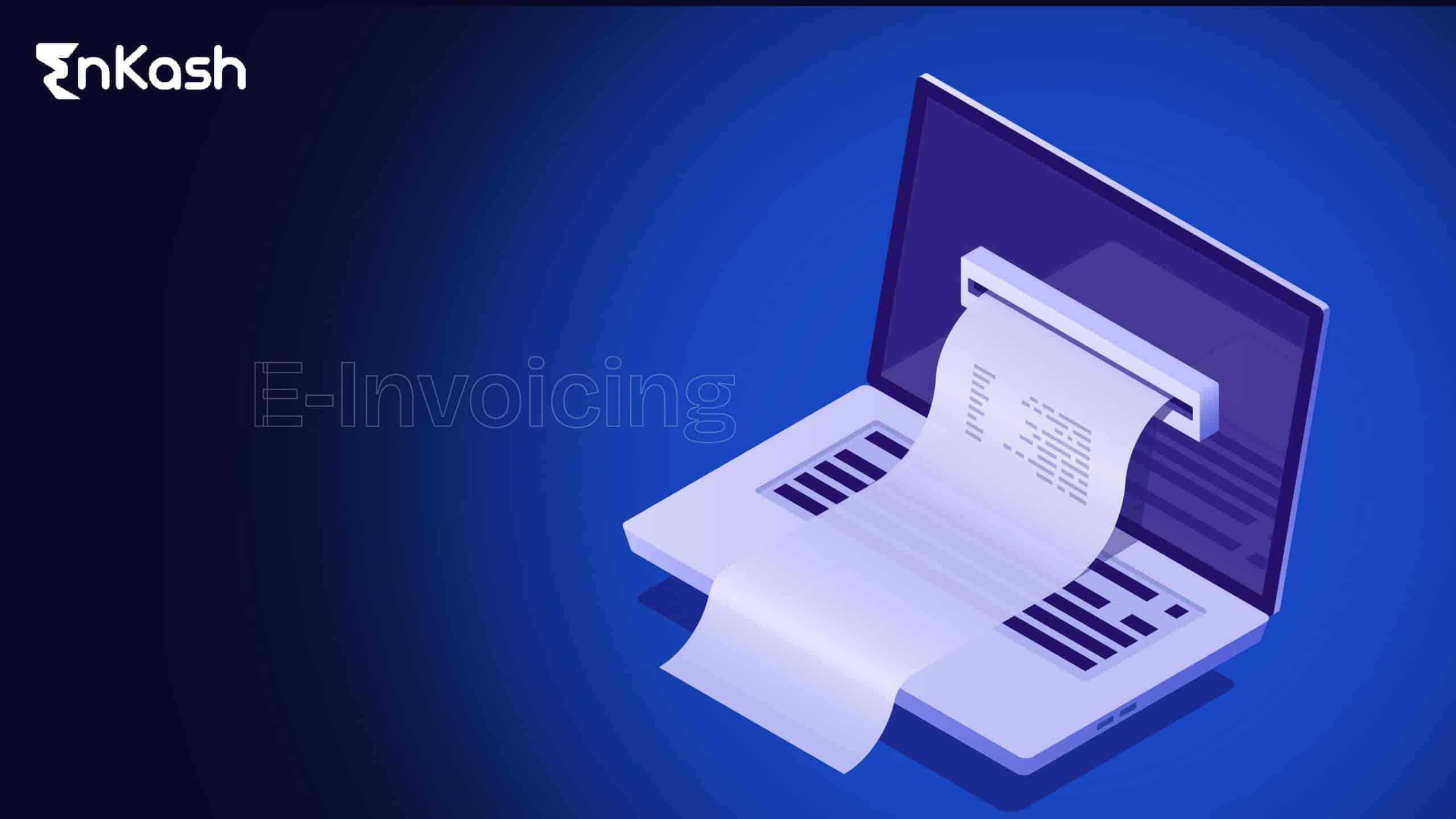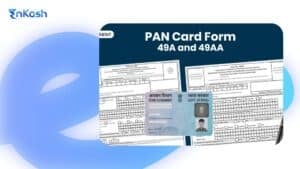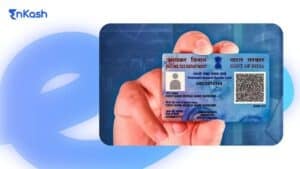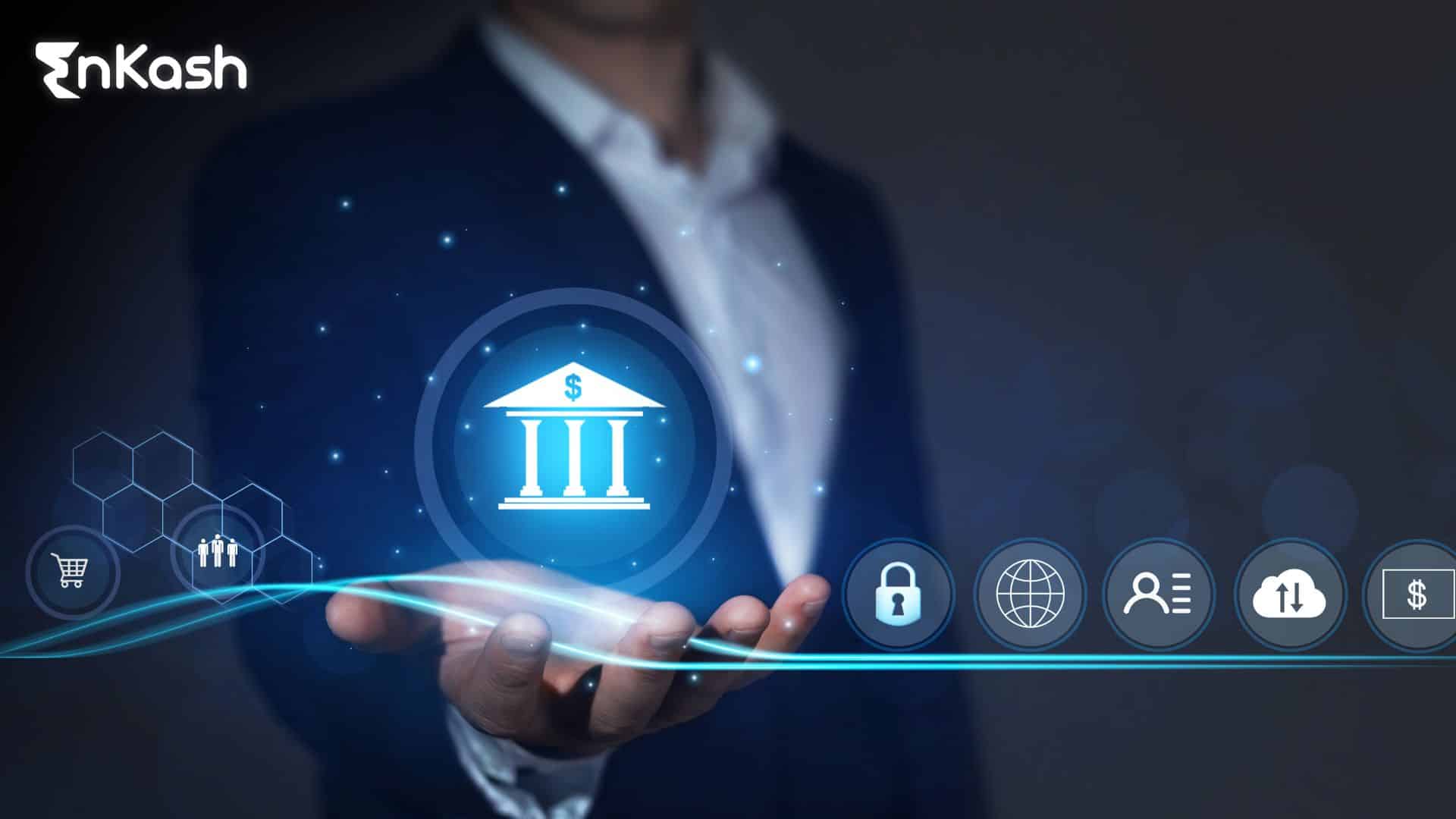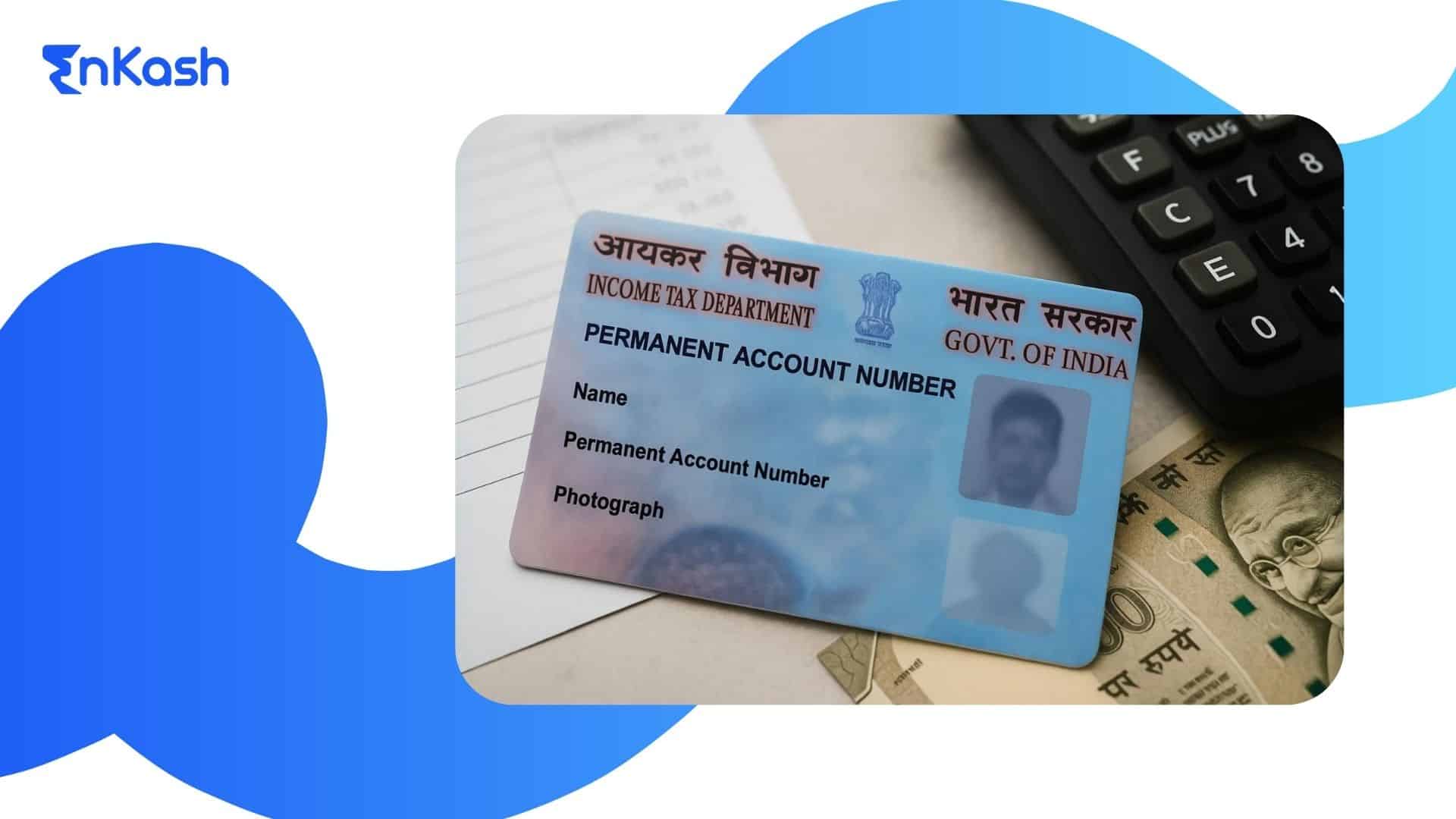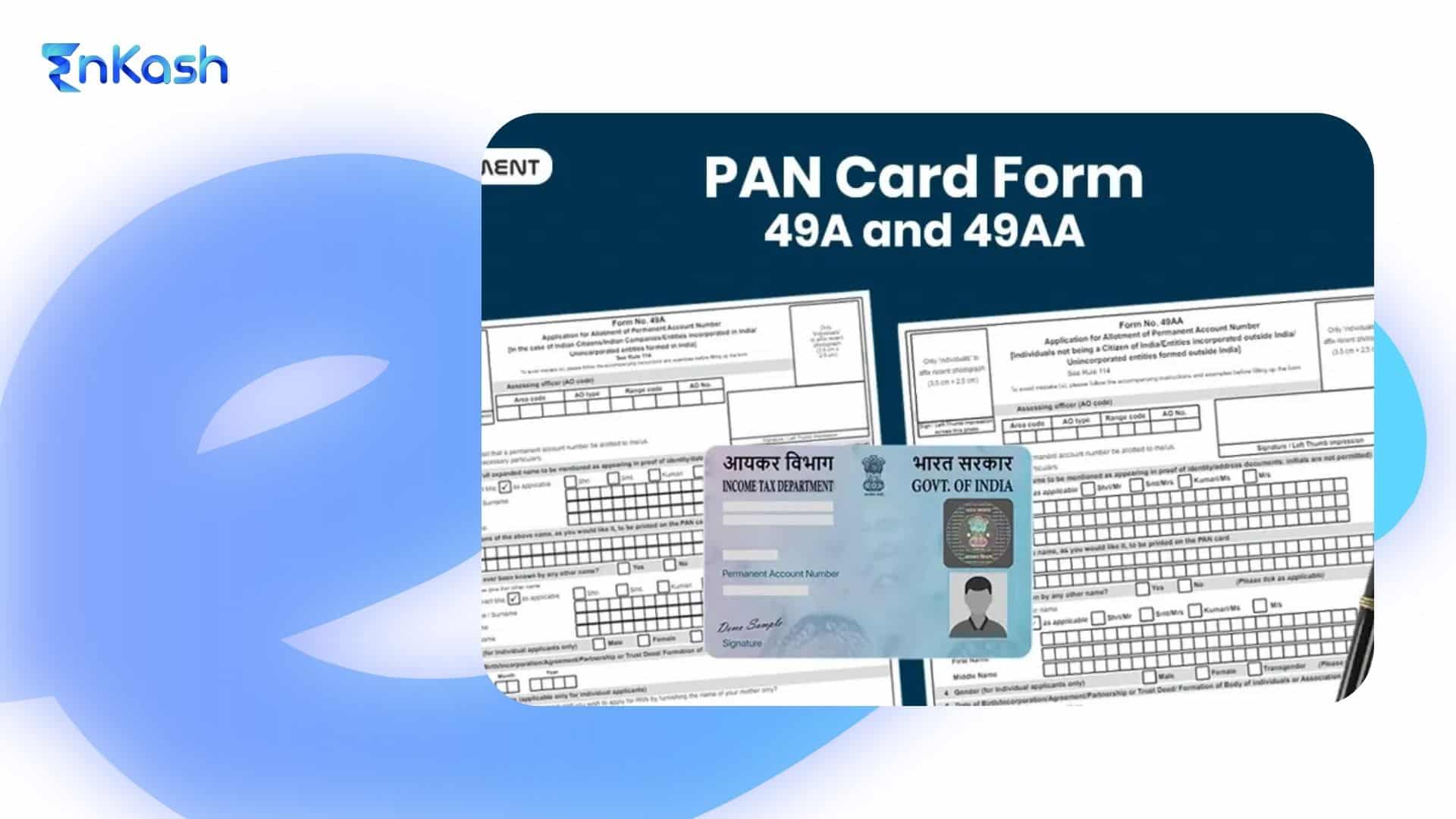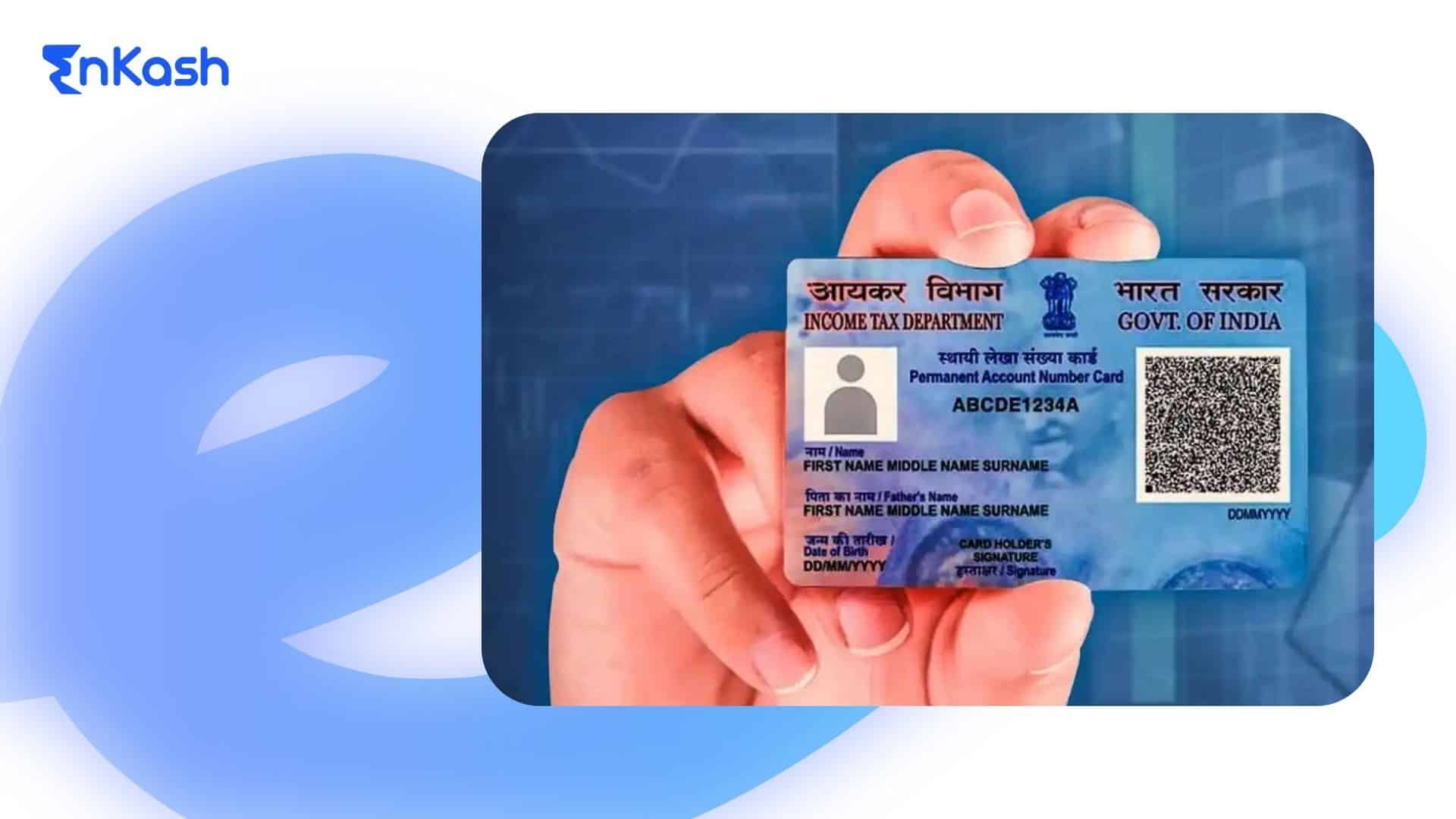E-invoicing under GST refers to the mandatory process of creation and validation of B2B invoices electronically over the GST Network (GSTN). Real-time data is automatically shared with the GST and e-way bill portals. These e-invoicing rules promote compliance, eliminate errors and prevent tax evasion. They also help better manage input tax credit claims and improve transparency for businesses under the GST framework in India.
What is E-Invoicing Under GST
The launch of e-invoicing as part of the Goods and Services Tax (GST) is a path-breaking reform to digitize tax compliance in India. The GST Council has made e-issuance of B2B invoices, as well as certain other documents, mandatory using the GST Network (GSTN).
Originally developed with large businesses in mind, the e-invoicing rules have now been rolled out for all businesses with an annual aggregate turnover of Rs. 5 crores and above, which has come into effect from August 2023. The rules are gradually expanding the scope of invoicing for businesses of all forms and sizes.
The e-invoice system requires submitting the invoice to the Invoice Registration Portal (IRP), which validates it and issues it an Invoice Reference Number (IRN). This data is shared in real-time with GST and the e-way bill portals, automating compliance and, ideally, eliminating manual intervention. Improving transparency and reducing errors and fraud are the central aims of e-invoicing. Since all invoice data is validated in real-time at the point of creation, it helps avoid incorrect tax reporting and prevents companies from claiming incorrect tax payments.
In the end, e-invoicing is an instrument that will help prevent disputes and confusion by making B2B transactions smoother, more accurate and more transparent, under the GST regime.
Also Read: Invoice Processing Software
E-Invoicing Applicability: Who Must Generate e-Invoices?
The application of e-invoicing rules will depend upon the annual aggregate turnover of the business. The implementation will be introduced in a phased manner to address the issues of businesses of varying sizes. The scheme was designed for larger businesses first but has been gradually including smaller business units. The rollout plan is as follows:
- Phase I: Companies having a turnover of Rs. 500 crore or more – from 1st October 2020.
- Phase II: Turnover exceeding Rs. 100 crore – from 1st January 2021.
- Phase III: Turnover exceeding Rs. 50 crore – from 1st April 2021.
- Phase IV: Turnover exceeding Rs. 20 crore – from 1st April 2022.
- Phase V: Turnover exceeding Rs. 10 crore – from 1st October 2022.
- Phase VI: Turnover exceeding Rs. 5 crore – from 1st August 2023.
The GST regime specifies that businesses with a turnover of more than Rs 5 crore for any financial year beginning from 2017-18 must issue e-invoices. Businesses running under multiple GSTINs need to combine their turnover across all registrations to find out whether the GST e-invoice limit applies to them. If a business crosses the threshold for any financial year it must migrate to e-invoicing from the beginning of the next financial year.
Also Read: GST Payment
For example, if the turnover of a business is Rs. 6 crore in FY 2022-23, the company will have to start issuing e-invoices from FY 2023-24. This method will roll out the e-invoicing rules in phases, which will allow businesses some time to get used to the rules. The government’s mandate of a turnover-based threshold for e-invoicing requires that businesses of all sizes follow the same invoicing conventions – facilitating greater tax transparency and potentially curbing evasion.
Exemptions From e-Invoicing
Although e-invoicing is compulsory for many businesses, a number of entities are exempted from the requirement, regardless of their business volume. This is due to the special nature of their business activities and the regulatory frameworks governing their activities. Key exemptions include:
- Banks, financial institutions and non-banking finance companies (NBFCs): Operating under different statutory provisions, companies in this category fall outside the purview of e-invoicing.
- Goods Transport Agencies (GTAs): As per the nature of their activity, GTAs are exempted from e-invoicing.
- Passenger transport service providers: Companies providing public transportation services are exempted.
- Cinema multiplexes: Businesses offering movie screening admission services are not obliged to issue e-invoices.
- SEZ units: Units operating in Special Economic Zones (SEZs) are exempted from e-invoicing.
- Government departments and local authorities: They are exempted from issuing e-invoices owing to the nature of their services.
These are exemption examples meant to capture businesses with different operational issues. Yet, it would be a good idea for businesses to keep up to date with GST notifications as the rules for exemption could change.
Documents and Transactions Covered Under e-Invoicing
As per GST’s e-invoicing rules, some main documents must be electronically reported to facilitate business compliance and accountability. Some of the main e-invoicing documents are:
- Tax invoices: Documenting the supply of goods or services on which tax is payable. This is the principal evidence of a taxable supply between businesses.
- Credit notes and debit notes: These are issued to rectify or correct an earlier tax invoice in accordance with section 34 of the CGST Act. The credit note reduces the invoice amount, while a debit note increases it.
Also Read: Credit Note in GST
In terms of transactions, the following are subject to e-invoicing requirements:
- B2B (Business-to-Business) transactions: All taxable supplies made between registered businesses must go through the e-invoicing system.
- Exports and deemed exports: E-invoicing must be done to ensure compliance with international trade.
- Supplies to SEZs: E-invoice obligation applies, regardless of whether tax is payable or not.
- Stock transfers and reverse charge transactions: These are supplies either between two different persons or where reverse charge has to be incorporated as per Section 9(3) of the CGST Act.
In contrast, invoices related to B2C sales, exempt supplies, and imports are outside the mandate of e-invoicing rules. The intent is to standardize B2B invoicing practices and strengthen the visibility of supply chains. Companies must adhere to e-invoice generation time limits to ensure compliance.
Time Limits for Generating e-Invoices
According to the new e-invoicing rules, businesses whose annual aggregate turnover crosses Rs 100 crore are to raise and file an e-invoice within 30 days from the invoice date. The e-invoice generation time limit was earlier seven days. It was extended to offer businesses some time to adjust.
If an e-invoice is not issued within the specified timeframe by a business, there is a likelihood of non-compliance, which could attract penalties as well as impact the smooth functioning of the supply chain.
To comply with the GST law and to claim input tax credit businesses must generate e-invoices at point-of-sale. The sooner they generate it and issue it to the customer, ideally before filing GSTR-1, the better.
Process of Generating e-Invoices
The e-invoice generation process goes through several well-defined steps to ensure transparency and compliance under the GST framework.
- Create the Invoice: All businesses would create invoices in their ERP or billing software and map them to the e-invoicing schema received from the GST Network (GSTN). All the mandatory fields such as the supplier and receiver GSTIN, description of items sold, HSN code of goods or services, tax rates and amounts should be included. The final format should be exact as per standards determined by GSTN, to make the processing smoother.
- Submit to Invoice Registration Portal (IRP): After the invoice has been made, it is uploaded to the IRP for validation. The IRP checks the invoice for any anomalies, errors, missing information, and duplicates. This step verifies if the invoice is accurate and ensures only validated invoices enter the GST framework.
- Generation of Invoice Reference Number (IRN): Upon the successful verification, IRP generates an IRN, which is a unique identifier for the invoice. Then, the IRP creates a QR code with core details of the invoice for reference and verification for future periods.
- Information Sharing with GST and e-Way Bill Portals: The invoice with its IRN and QR code is shared automatically with the GST and e-way bill systems. This enables the ease of pre-population of invoice data in the GSTR-1 returns and e-way bills. It helps lower manual efforts and chances of compliance errors.
- High Invoice Volume: Companies can save time by integrating their systems to generate bulk invoices. This is particularly useful for large organizations, who can manage compliance with ease by generating multiple invoices at once.
Penalties for e-Invoicing Non-Compliance
Not following the e-invoicing requirements can lead to penalties under GST law, which include:
- Invoice errors: For every invoice that is raised without an IRN or with a digitally signed QR code, a fine of ₹25,000 may be levied.
- Missing e-invoices: A fine of Rs. 10,000 for every invoice or the tax due amount, the higher the two values can be imposed.
Beyond these penalties, businesses may also face the loss of their ITC claims. As the GST system is based on real-time reporting, any delay or non-generation of e-invoices can potentially affect the GSTR-1 returns and thereby impact the overall taxability of the business.
Failing to stay on the right side of the e-invoice GST limit could result in penalties. That is why every business must adopt automated solutions that can help them keep up with the changing rules.
Benefits of E-Invoicing
Automation of invoice generation and real-time validation enables businesses to maintain productivity at the workplace while staying compliant with GST rules. The benefits of the e-invoicing process to a business are listed below:
- Improved Accuracy: Automates data entry in order to reduce errors and make tax filings more accurate.
- Tracking Real-Time: Enables tracking of invoices as they are created and validated, improving compliance and avoiding missed filing deadlines.
- Integration with GST and e-Way Bill Systems: Automatically sends e-invoice data to the GST and e-way bill systems, thus reducing the manual work needed to file GSTR-1 returns and e-way bills.
- Timely Input Tax Credit (ITC) Claims: It enables timely ITC flow in the supply chain, thereby reducing disputes and boosting cash flow.
- Aid Small Businesses: Improves creditworthiness due to extensive financial record keeping, thereby allowing access to formal credit channels.
How E-Invoicing Helps Curb Tax Evasion?
The real-time tracking of transactions with e-invoicing under GST aims at curbing tax evasion. Since the invoice has to be validated and reported to the GST system before the transaction can take place, altering the invoice to avoid taxes is not possible.
Simply by matching input and output tax data along the supply chain, the GSTN can easily spot any anomalies and the use of fake invoices to claim fraudulent ITC. It also ensures that only genuine transactions are entered into the system, limiting tax fraud and making tax enforcement easier.
The enhanced transparency results in more effective tax administration, with fewer audits and greater compliance throughout the sectors.
How E-Invoicing Solutions Can Help Businesses?
Owing to the increasing complexity of the rules for e-invoicing under GST, companies can benefit by using automated e-invoicing solutions. They can make compliance easier, via features such as API integration, bulk invoicing and real-time validation. They help businesses stay compliant with the latest GST regulations.
Automated e-invoicing systems reduce human errors and differences between invoices and filings by automating data entry. Besides, they offer real-time matching with sales data and help to ensure that GSTR-1 filings are filed accurately and on time. The feature not only helps businesses keep their tax books in good order but also timely claim input tax credits.
Investing in an integrated e-invoicing solution offers long-term operational benefits such as reduced administrative overhead and simplified compliance. It frees up time and money that can be reinvested into core operations. These solutions help businesses conform to e-invoice generation time limits, and stay compliant with GST laws. In summary, automated e-invoicing solutions help businesses keep their costs down and concurrently are an efficient means to keeping up with the changing nature of tax laws in India.
Conclusion
The e-invoicing process under GST has become an integral part of the tax-compliance regime in India. It not only automates the process of invoice issuance and reporting, but eliminates the scope of inflated invoices and errors, leading to greater transparency and preventing tax evasion. The system streamlines GST compliance for businesses while providing real-time reporting to the GST portal. Other advantages to adopt e-invoicing include improved operational efficiency, ability to better claim input tax credit, and reduced risks of non-compliance.
Also Read: Types of GST
FAQs
Can I cancel an e-invoice after it has been generated?
Yes, an e-invoice can be canceled on the Invoice Registration Portal (IRP) within 24 hours of generation. However, partial cancellation or modification of the e-invoice is not allowed; the entire invoice must be canceled. After cancellation, a new invoice must be issued if required.
What happens if I miss the deadline to generate an e-invoice?
If an e-invoice is not generated within the specified time limit (currently 30 days for businesses with a turnover above Rs. 100 crore), the invoice will be considered non-compliant under GST law. This can lead to penalties and disrupt input tax credit claims.
Do e-invoices need to be physically signed?
No, e-invoices generated through the IRP are digitally signed, and there is no requirement for a physical signature. The IRP’s digital signature serves as proof of authenticity.
How does e-invoicing impact businesses with multiple GST registrations?
Businesses with multiple GST registrations (GSTINs) under a single PAN must aggregate their turnover to determine e-invoicing applicability. Once the combined turnover exceeds the threshold, all GSTINs must comply with e-invoicing requirements.
Are there any additional costs involved in e-invoicing? While using the government’s Invoice Registration Portal (IRP) is free, businesses may incur costs related to upgrading their ERP systems, integrating APIs, or purchasing third-party e-invoicing solutions to manage large volumes of invoices.
Can I generate e-invoices for B2C transactions?
Although e-invoicing is currently only mandatory for B2B transactions, businesses can voluntarily generate e-invoices for B2C transactions if they choose to.
How does e-invoicing affect input tax credit (ITC) claims?
Timely e-invoice generation ensures that the invoice details are reflected in the recipient’s GSTR-2B, which aids in faster input tax credit claims. Delays or non-compliance can disrupt ITC claims and cash flow.
Is e-invoicing required for exempted or nil-rated supplies?
No, e-invoicing is not required for exempted or nil-rated supplies. The system only applies to taxable B2B transactions and certain specified cases such as exports.
Do I need to keep physical copies of e-invoices for records?
No, as e-invoices are electronically stored and validated through the GST system, there is no requirement to maintain physical copies. However, businesses should keep digital copies for record-keeping and audit purposes.
What should I do if the IRN or QR code is missing from the e-invoice?
An e-invoice without an Invoice Reference Number (IRN) or QR code is considered invalid. If either is missing, the invoice must be regenerated and resubmitted to the IRP for proper validation and authentication.

